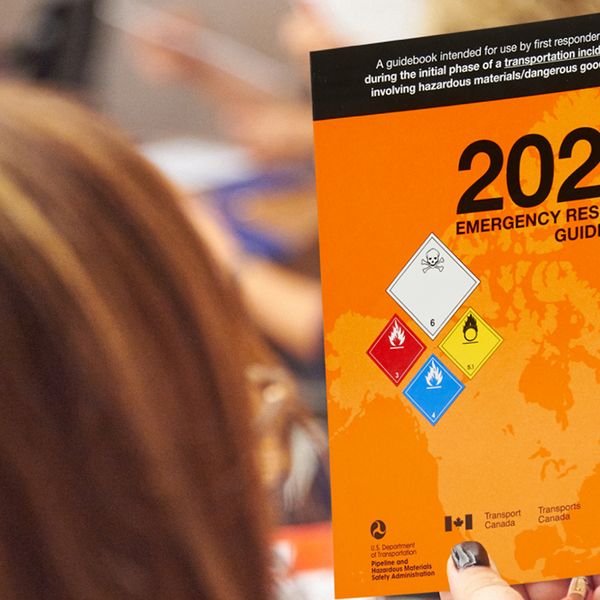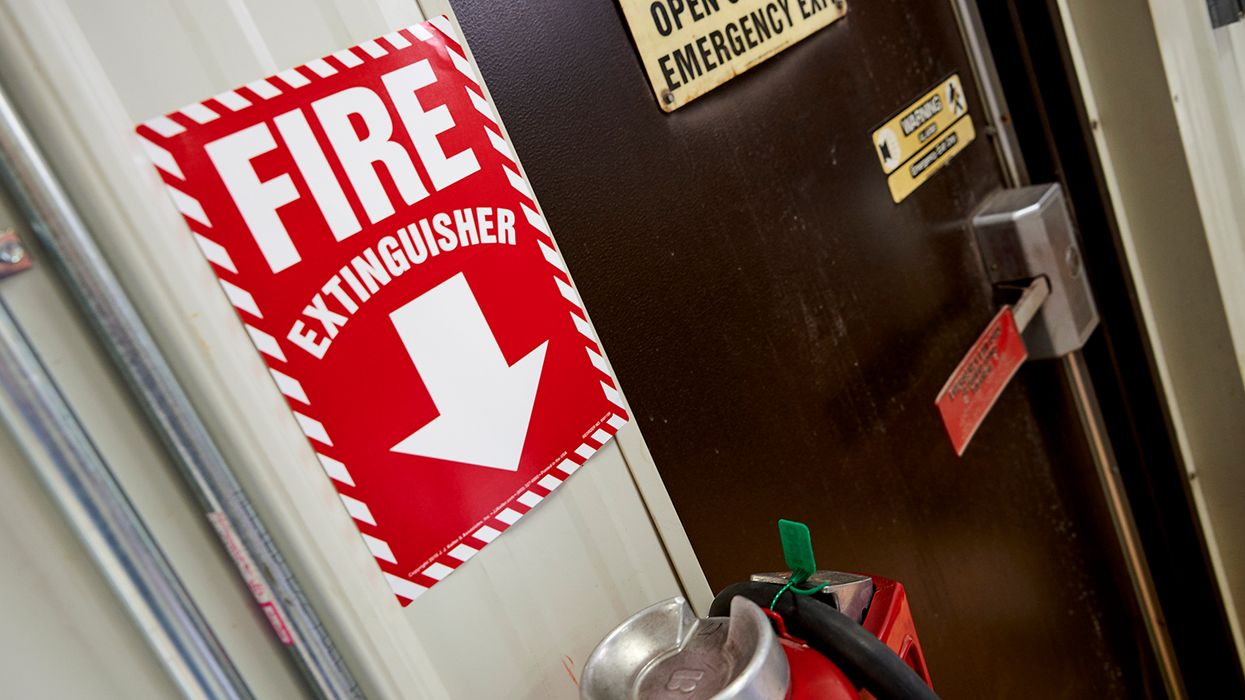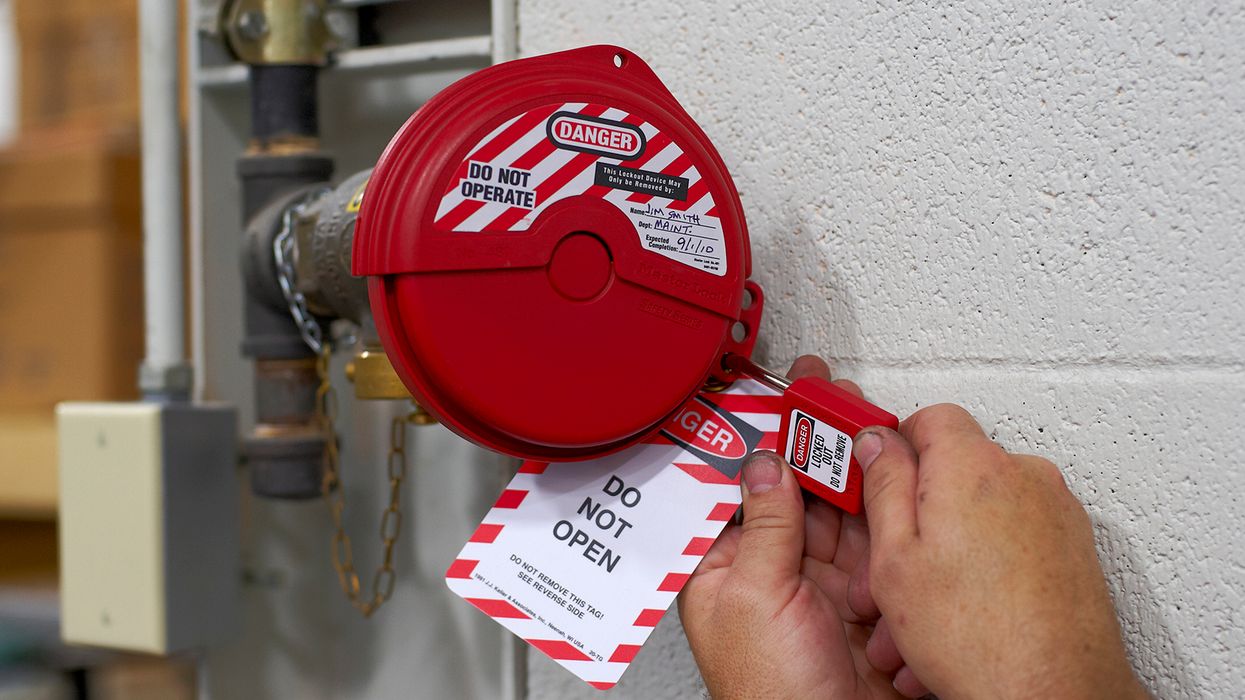With hazmat, the right book in the right place could save lives
The Emergency Response Guidebook (ERG) was developed to assist first responders at the scene of a hazardous materials transportation incident. It enables responders to quickly identify the hazmat and hazards involved and protect the general public during the initial response phase. The 2024 ERG is available now and can help you satisfy DOT's requirement that hazardous materials shipments be accompanied by emergency response information (49 CFR 172.602).
Understanding emergency response information (ERI)
Most hazmat shipments that require shipping papers must be accompanied by ERI that includes the following:
- Basic description and technical name of the hazmat,
- Immediate hazards to health,
- Risks of fire or explosion,
- Immediate precautions to be taken in the event of an incident,
- Immediate methods for handling fires,
- Initial methods for handling spills or leaks in the absence of fires, and
- Preliminary first aid measures.
The information must be complete, printed legibly, and in English.
There are several options to meet these requirements. The most common methods of providing the required ERI include:
- Listing it directly on the shipping papers,
- Keeping a copy of the ERG with the shipping papers,
- Keeping a copy of the appropriate guide page from an ERG with the shipping papers, and
- Keeping a copy of the Safety Data Sheet (SDS) with the shipping papers.
Even though there are multiple ways to provide the ERI, the ERG is preferred by enforcement officers and first responders because of their familiarity with it. Click here for required roadside inspection documentation.
Keep it accessible
The location of the shipping papers and ERI is just as important as the information contained in the documentation. If first responders are unable to locate the necessary documentation, valuable time could be lost, resulting in the additional loss of property and/or life. The HMR requires that the shipping paper must be readily recognizable and available to authorities in the event of an accident or incident.
The hazmat shipping paper must be clearly distinguished from other papers of any kind, either by distinctively tabbing it or having it appear first. When the driver is at the controls of the vehicle, the shipping paper and ERI must be within immediate reach while the driver is restrained by a seat belt, and either be readily visible to someone entering the driver’s compartment or be in a holder mounted on the inside of the driver’s door.
Compliance with ERI placement is critical when seconds count during a significant incident, so ensure that the ERI information is in the correct place for first responders.
Key to remember: Keeping a current ERG with hazardous materials shipping papers is the most common and easiest way for drivers to comply with the emergency response information requirements.



















































